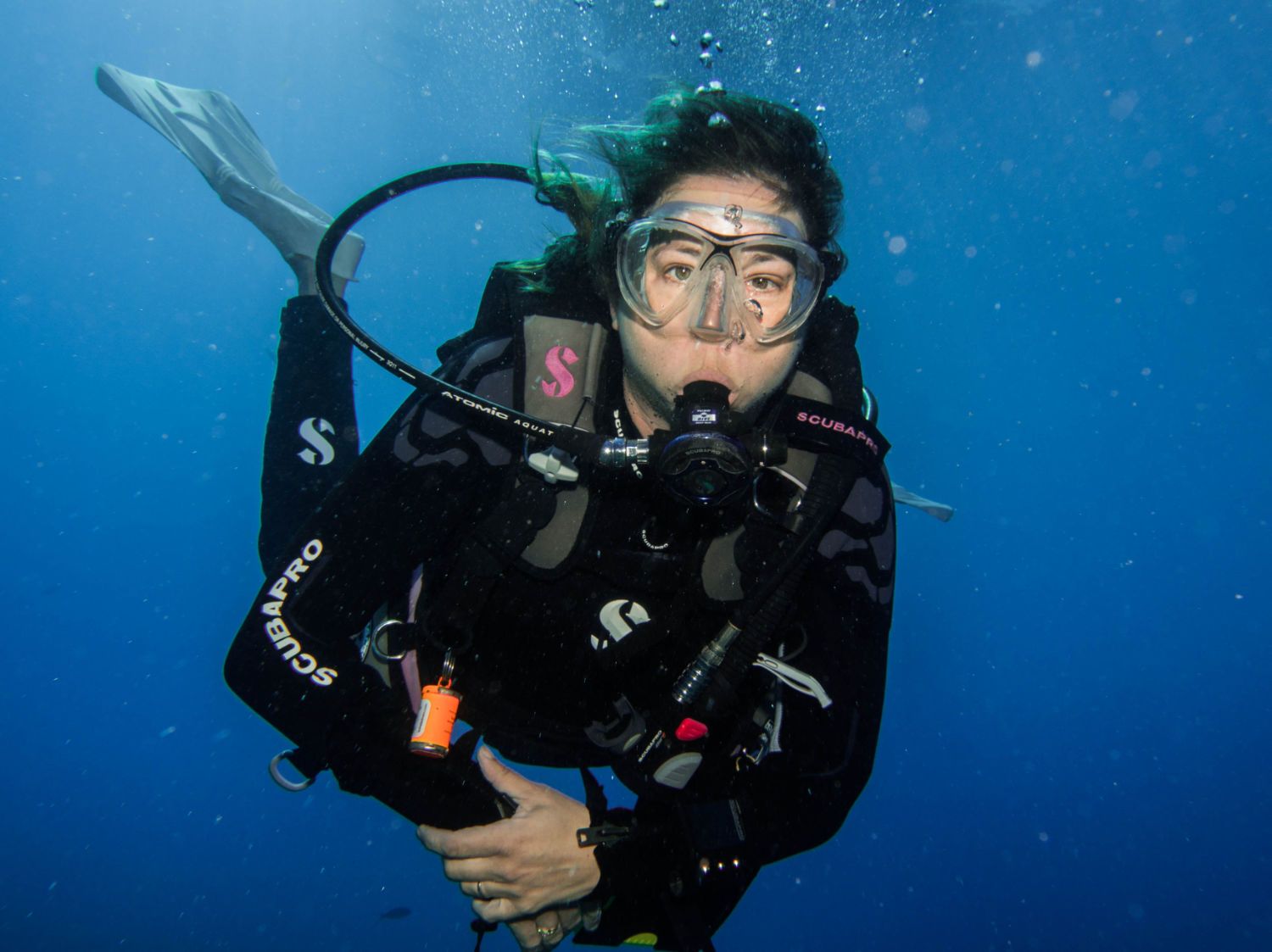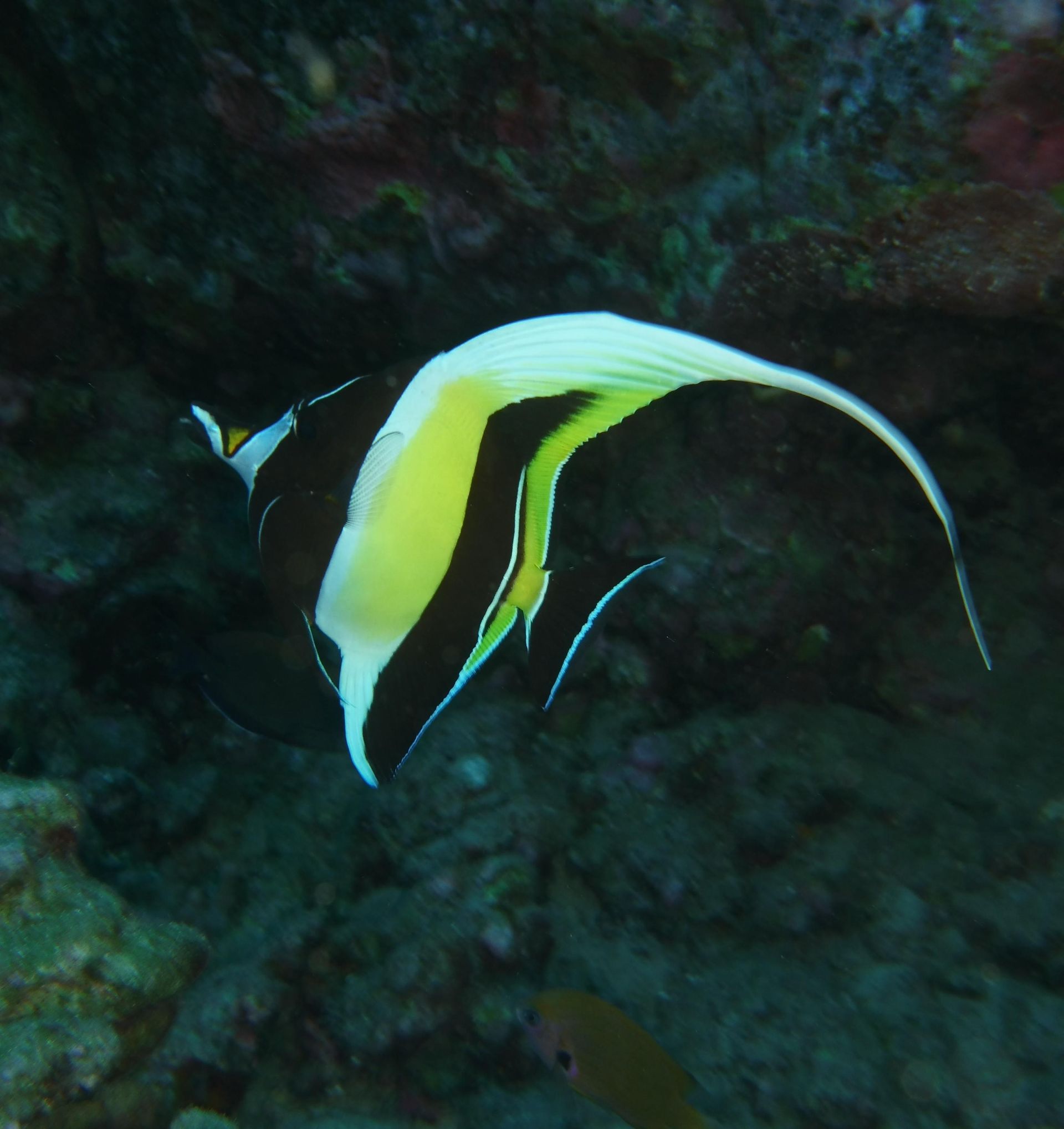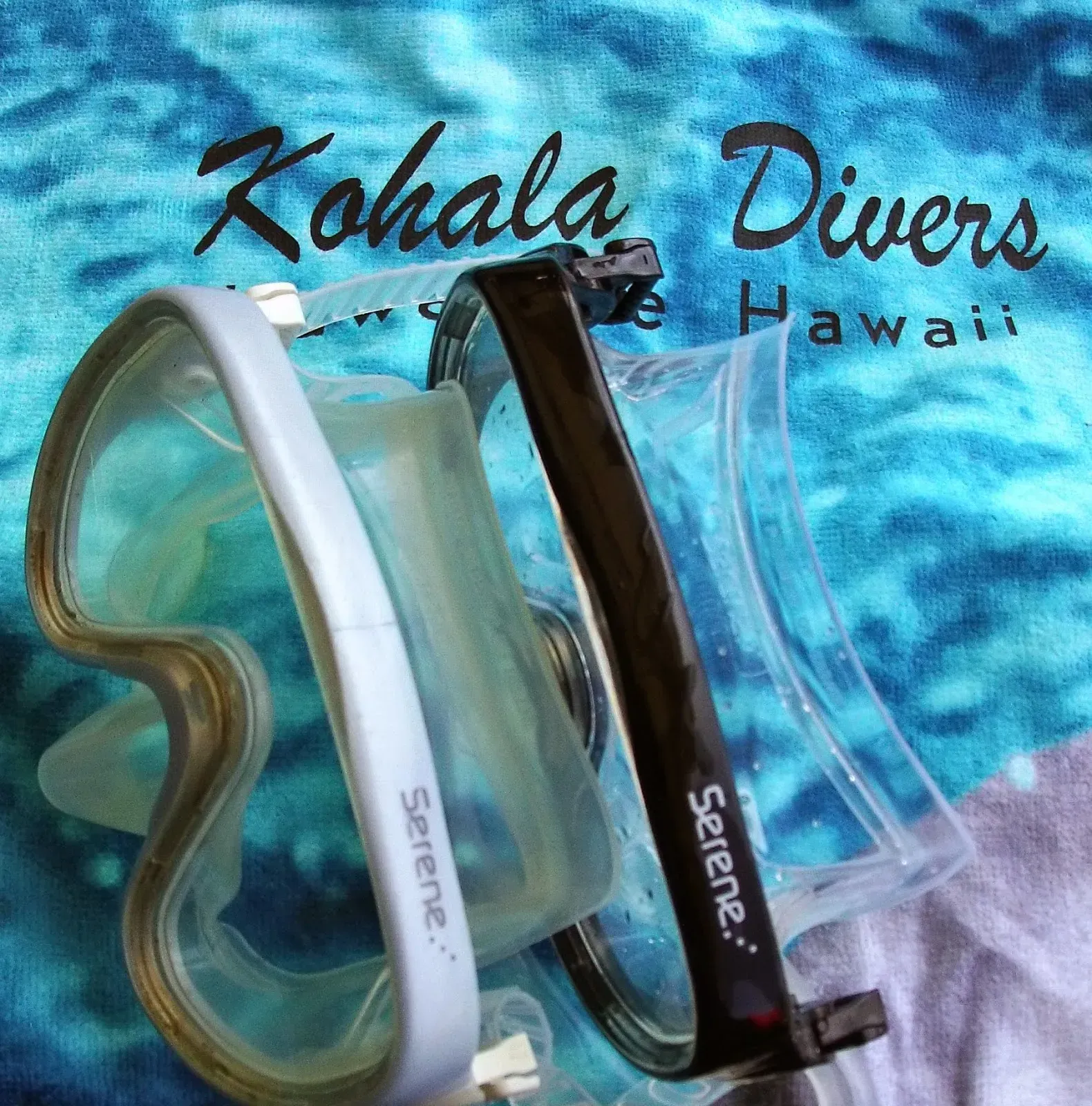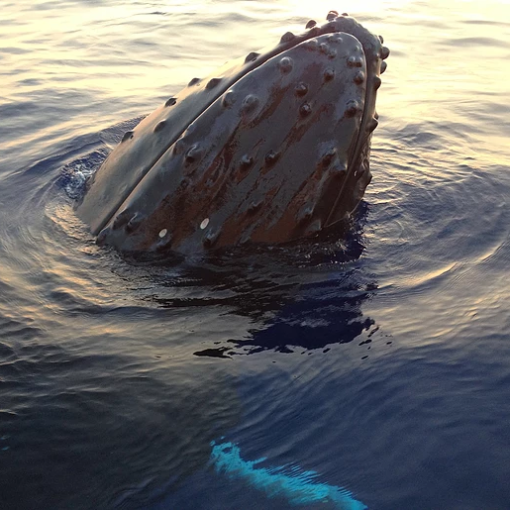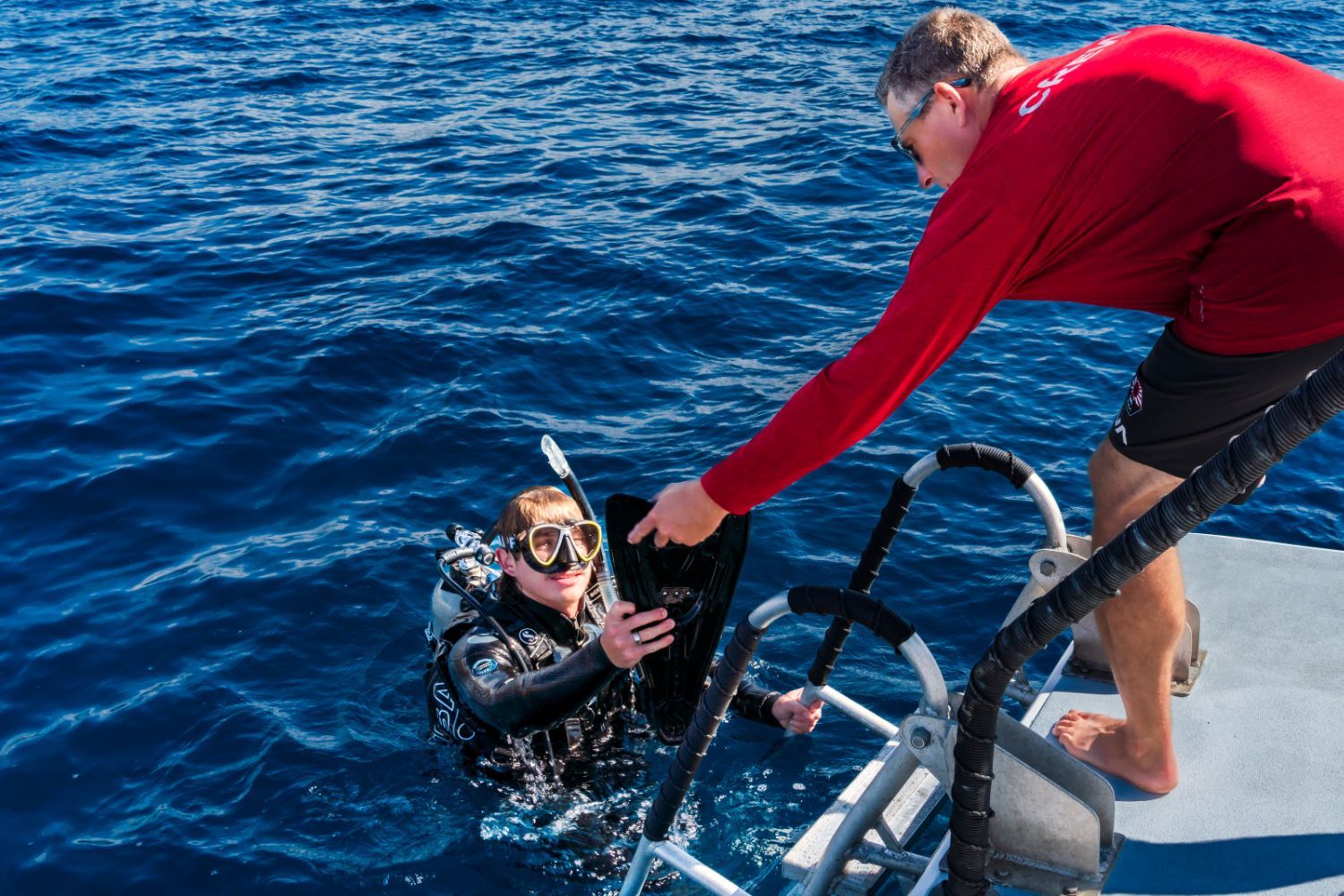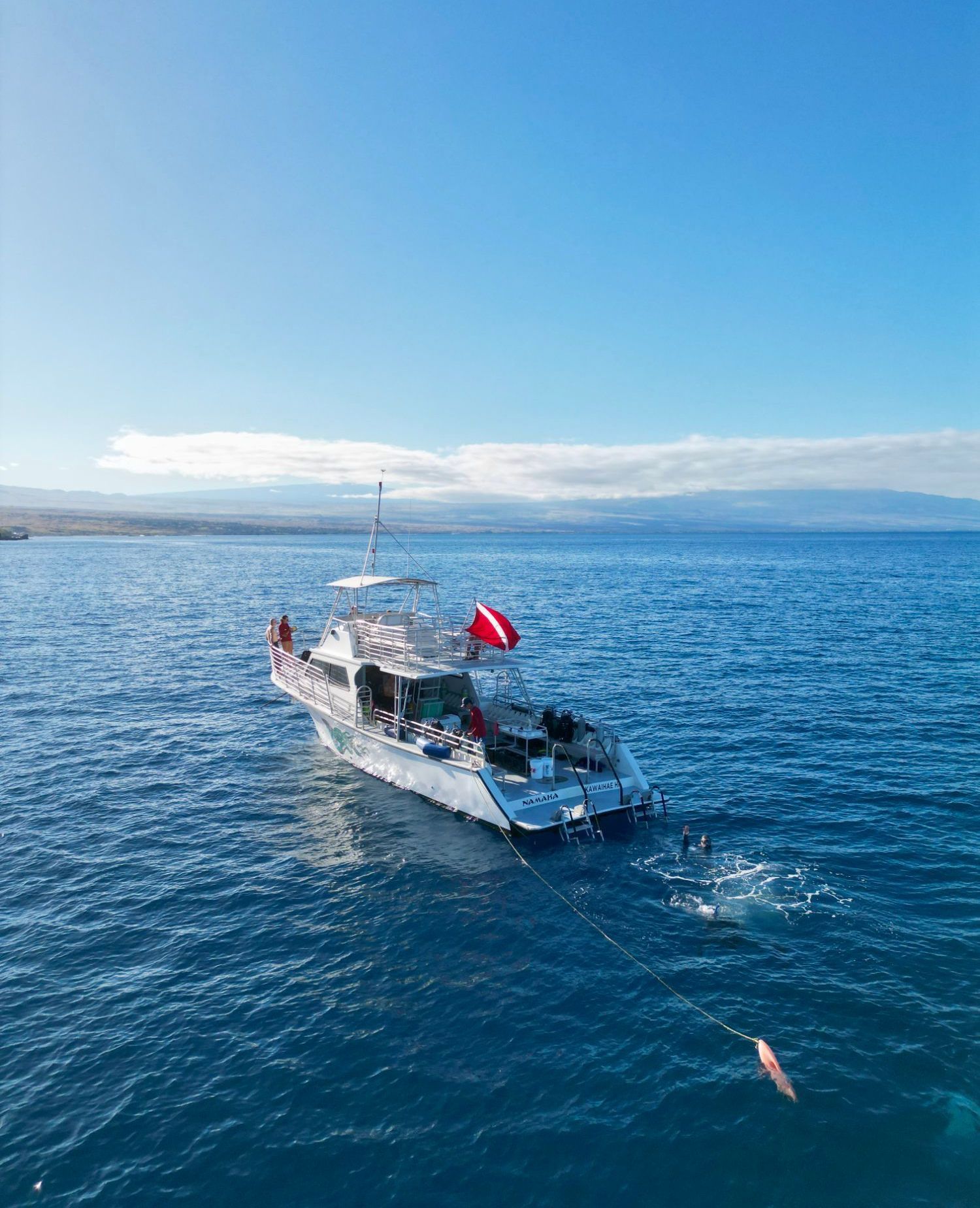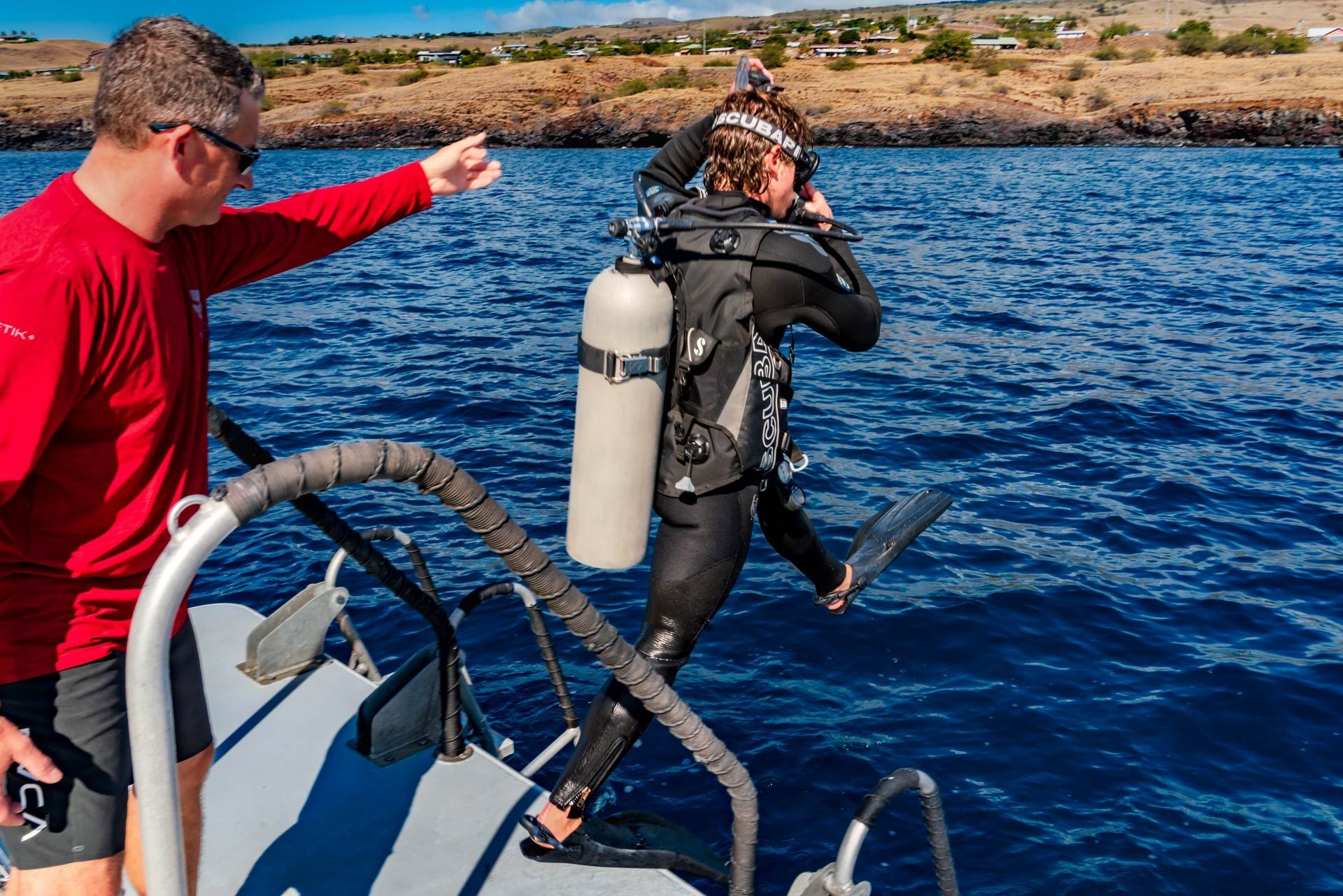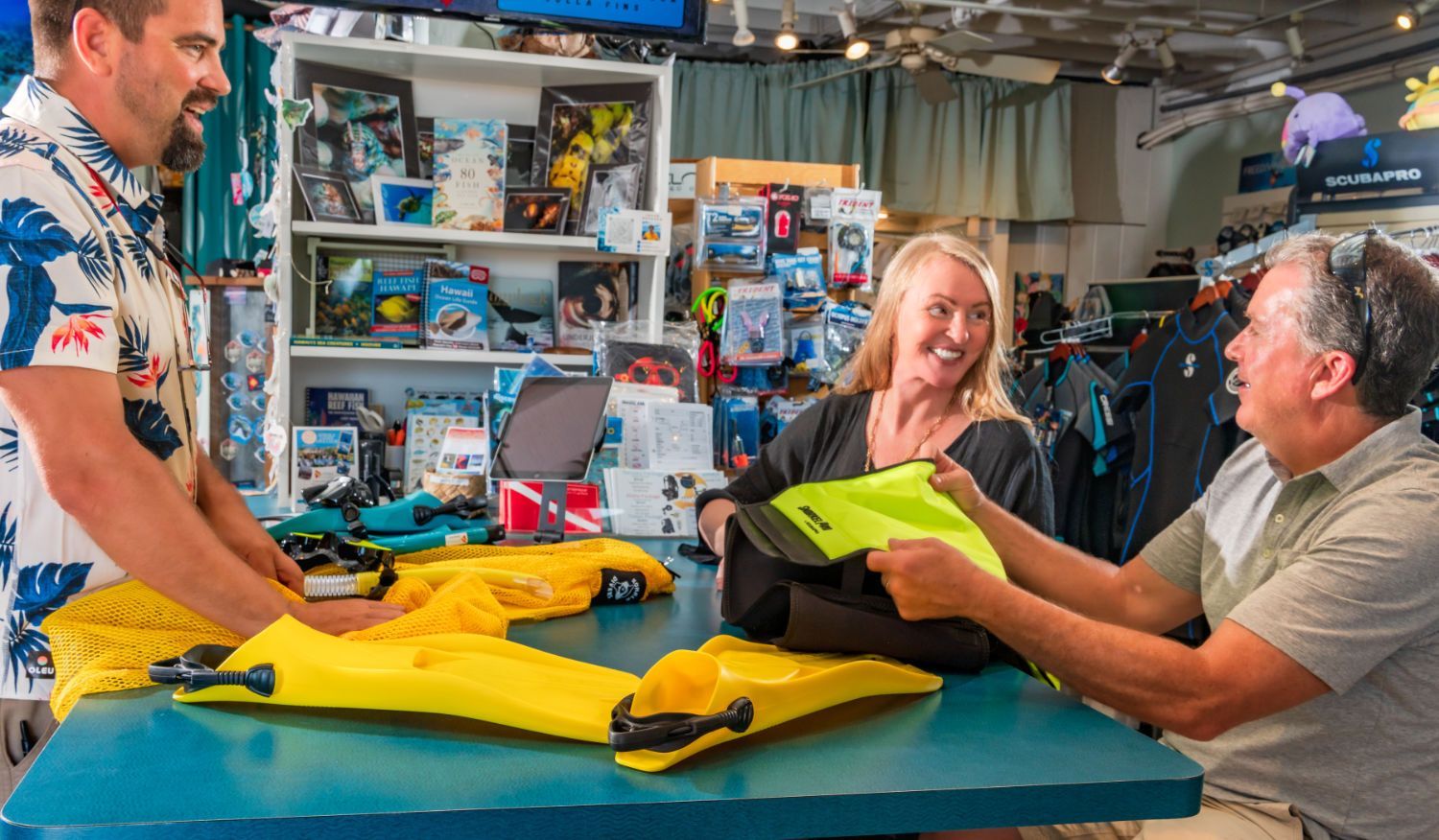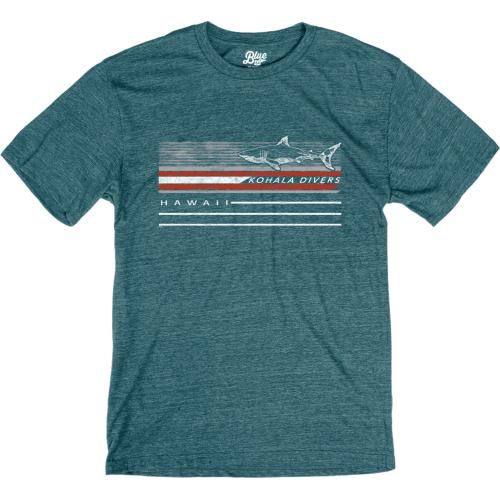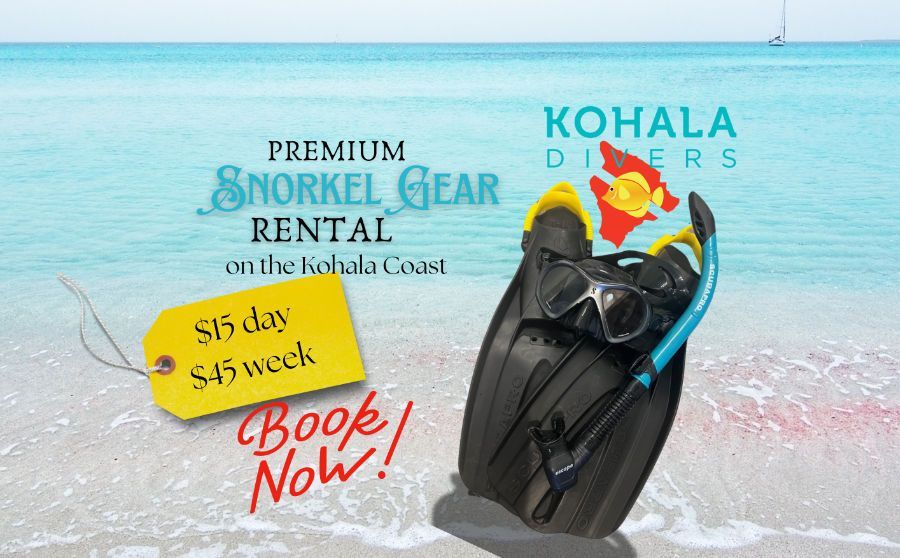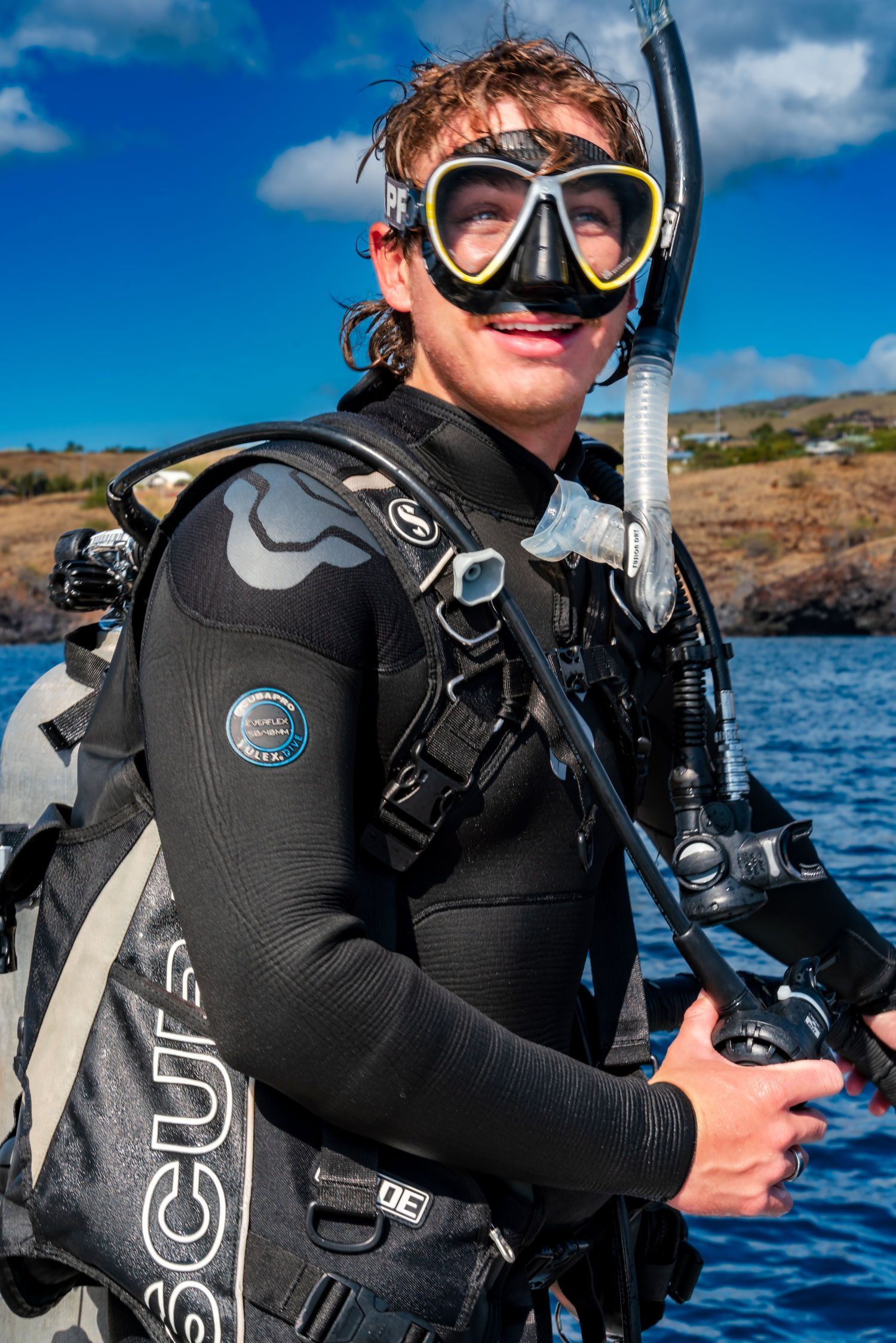How to Fit Your Snorkel or Dive Mask: The Kohala Divers Way
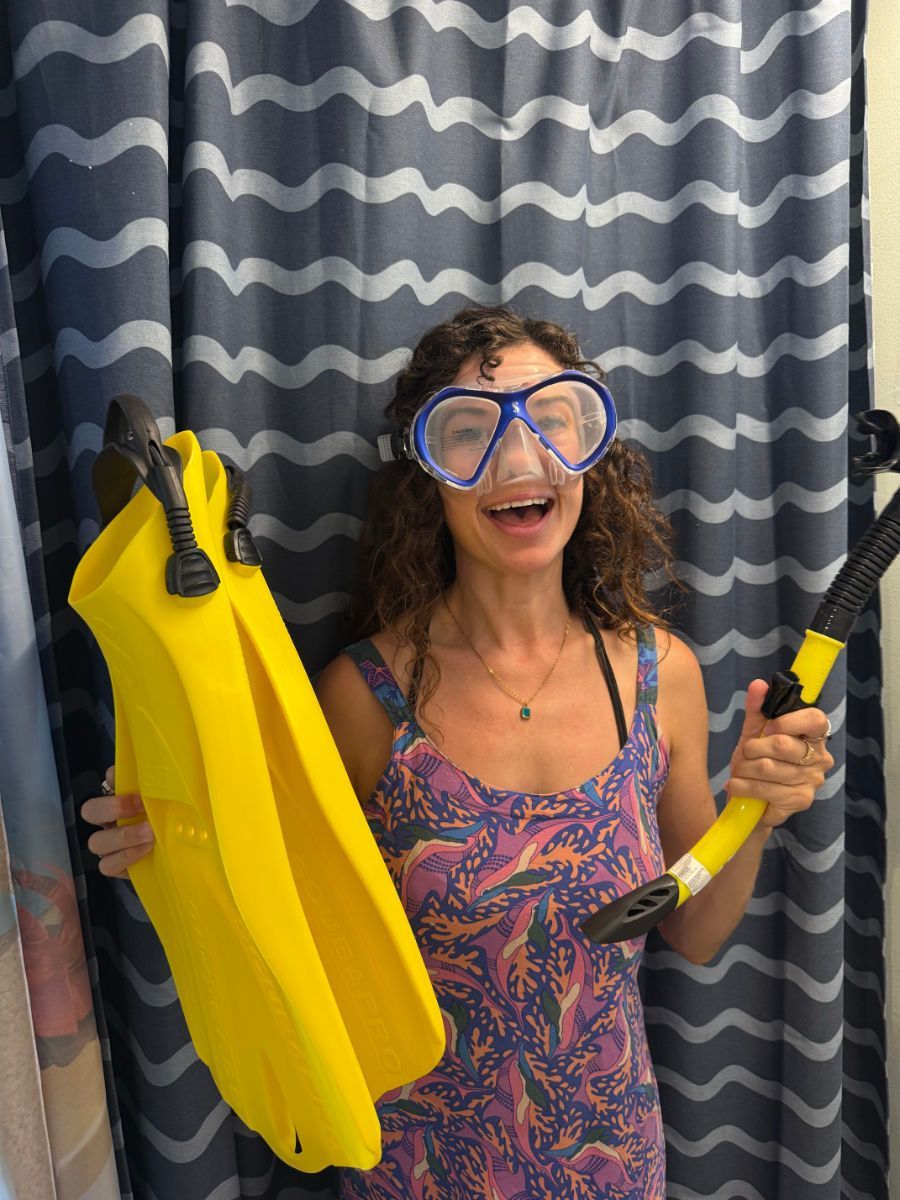
At Kohala Divers, we believe the right fit makes all the difference between an okay ocean experience and an unforgettable one. Follow these simple steps to ensure your mask fits perfectly before you explore the incredible waters of the Kohala Coast!
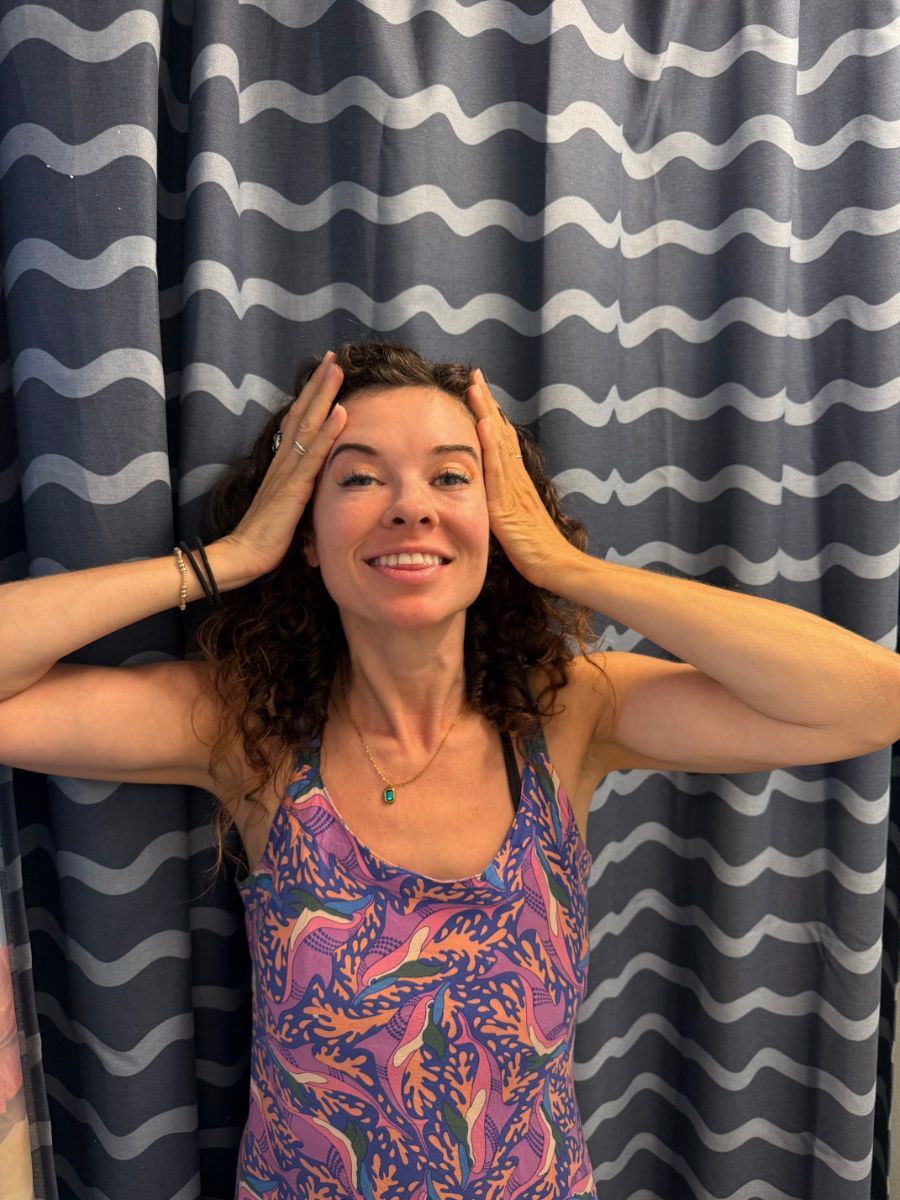
Step 1: Prepare Your Mask and Face
Remove or loosen the strap: Start by placing the mask on your face without the strap, or pull it up and out of the way over the top of the mask. Remember—a tight strap doesn't equal a good fit.
Tuck away your hair: Pull any hair (including bangs or stray strands) completely away from your face. Even a single hair between the silicone skirt and your skin can break the seal and cause leaking.
Position the mask properly: Place the mask gently on your face, making sure the soft silicone skirt lies flat against your skin with no bends, folds, or gaps.
Check the nose bridge: The mask frame shouldn't press down uncomfortably on the bridge of your nose. If it does, try a different size or style—we carry a variety of options at our shop!
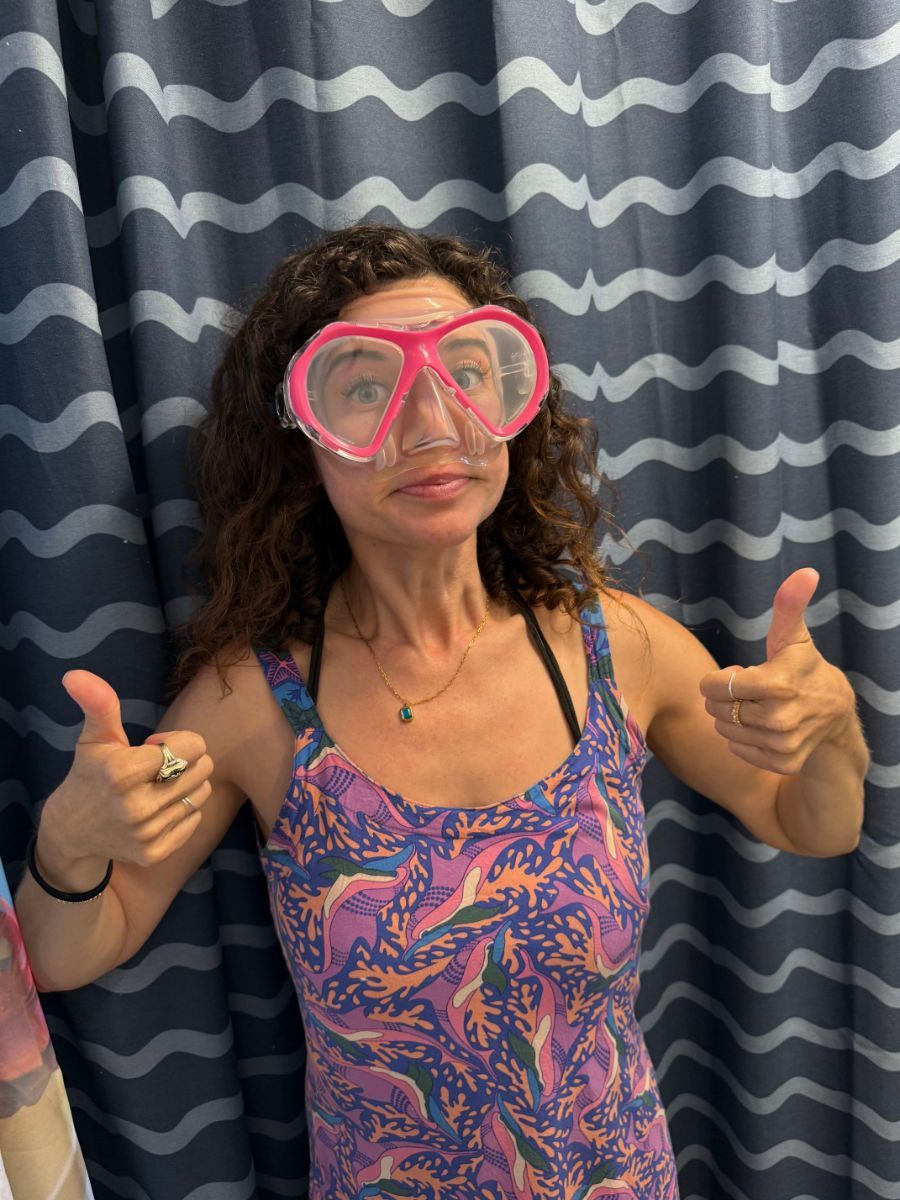
Step 2: The Suction Test (No Hands!)
Inhale gently through your nose: Take a gentle breath in through your nose. The mask should create a light vacuum and stay on your face all by itself—no hands needed!
Shake it out: Gently move your head side to side and up and down. A well-fitted mask will stay suctioned to your face without any help from the strap.
Try not to smile or make faces: Even a properly fitting mask can break its seal if your face movements are too extreme. So grin at a sea turtle or octopus on the inside!
Pro tip from our crew: If the mask falls off or breaks the seal during this test, it's not the right fit. Come see us at our Kawaihae shop, and we'll help you find the perfect match.
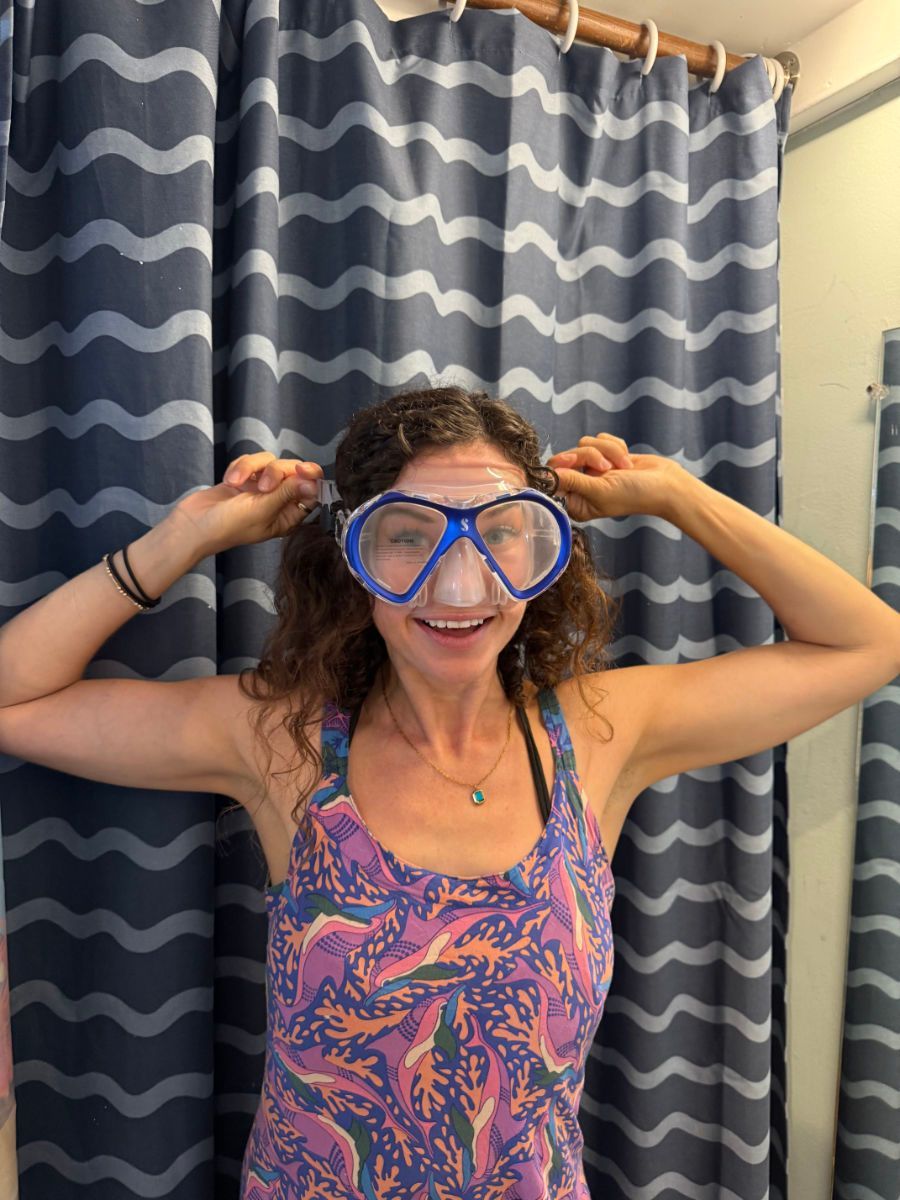
Step 3: Adjust the Strap for Comfort
Put the strap on: Once you've confirmed the mask seals well on its own, secure the strap around your head.
Adjust for comfort, not tightness: The strap should rest snugly but comfortably—never so tight that it leaves marks or causes discomfort. Position it high on the back of your head, not over or resting on your ears.
Understand the strap's job: The strap is there to keep the mask in place with minimal pressure, not to force a seal. If you're cranking it tight to stop leaks, the mask doesn't fit properly.
Ready to Explore?
A properly fitted mask is your window to the underwater world! Whether you're snorkeling the vibrant reefs of Puako or diving the lava tubes at Crystal Cove, the right gear makes all the difference.
Need help finding your perfect fit? Stop by Kohala Divers at 61-3665 Akoni Pule Hwy in Kawaihae, call us at (808) 882-7774, or visit our snorkel rentals page.
Our experienced team is here to ensure you have the best possible experience exploring the Big Island's stunning underwater treasures.
Mahalo for choosing Kohala Divers!
